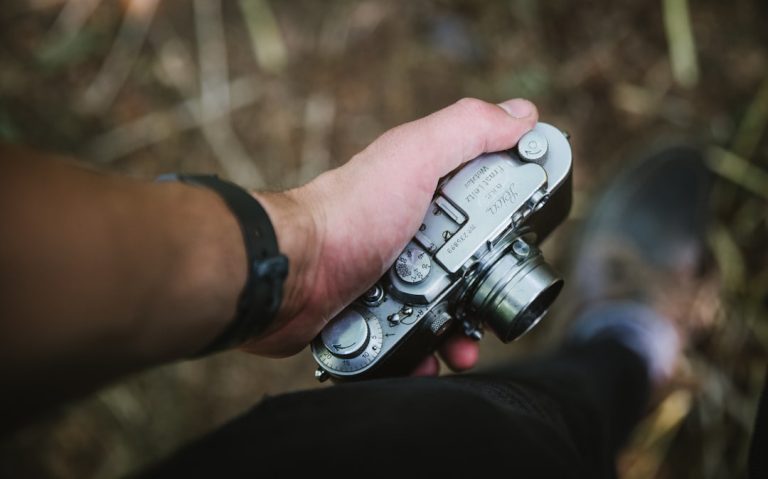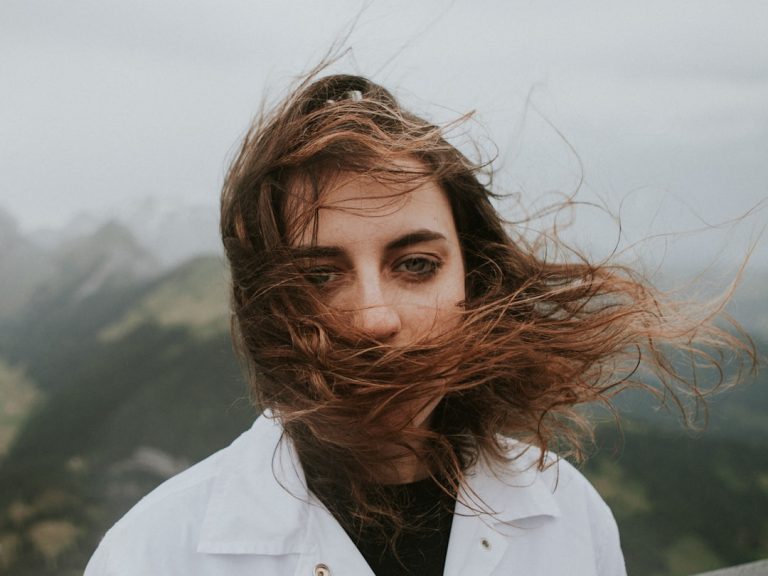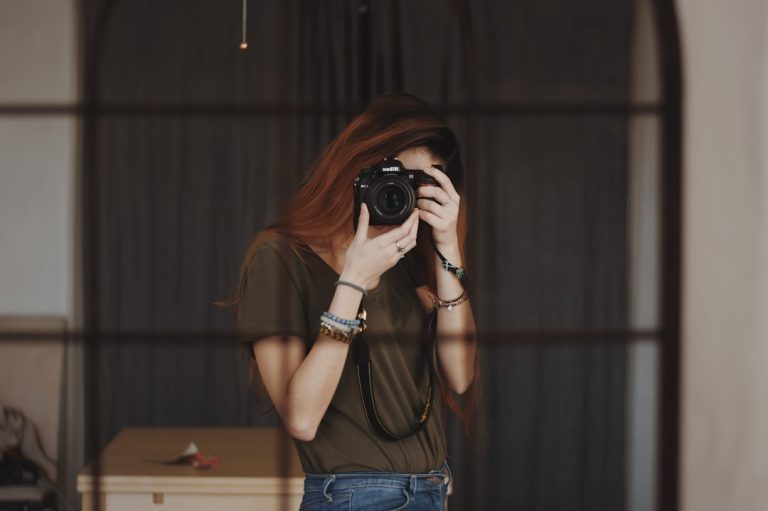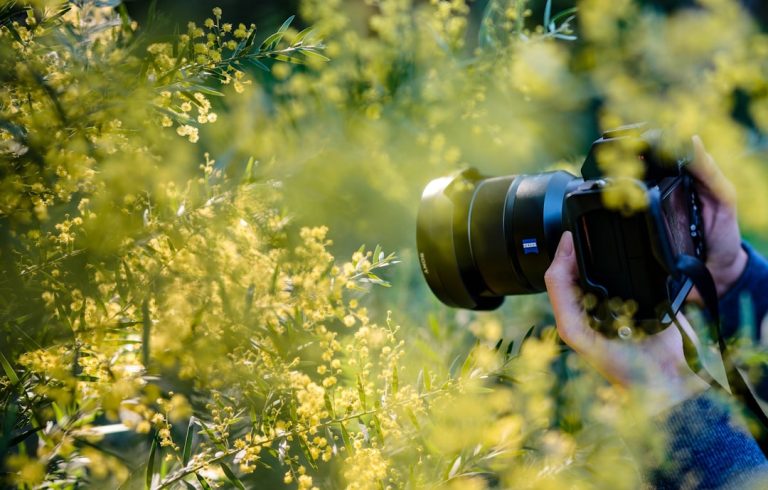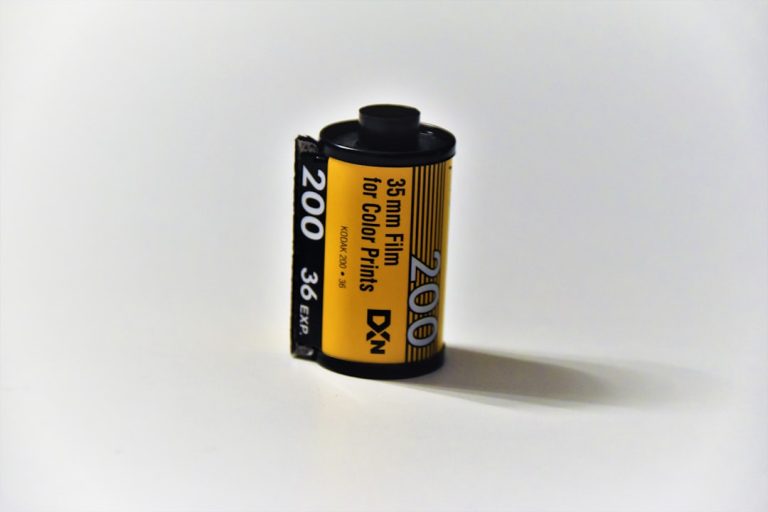In the world of photography, the allure of capturing the perfect shot often goes hand in hand with the pursuit of the perfect equipment. However, not every budding photographer has the luxury of a limitless budget. Fear not, for this is where the magic of DIY photography equipment comes into play. Crafting your own gear not only saves money but also infuses your photography with a unique charm that pre-packaged equipment often lacks.
Let’s dive into the fascinating world of DIY solutions, where creativity knows no bounds and ingenuity is the order of the day. Imagine building your own softbox using materials you can find at home—cardboard, aluminum foil, and a white sheet. With just a little effort, you can transform these everyday items into a soft light source that gives your photos a professional touch.
Next up, let’s talk about the DIY reflector. A reflector is a staple in any photographer’s kit, helping to manipulate light and reduce shadows. But before you splurge on a high-end version, consider using a piece of white foam board or even an emergency blanket as an effective alternative. These items are not only affordable but surprisingly effective, allowing you to bounce light exactly where you need it.
Tripods are another essential piece of equipment, and while professional ones can be costly, a DIY version can be created using PVC pipes. With a few pipes and some connectors, you can create a stable platform for your camera without breaking the bank. It’s a project that takes a bit of patience and creativity but results in a fully functional piece of equipment.
For those with a love for macro photography, the reverse lens technique is a fantastic DIY approach. By reversing a standard lens, you can achieve stunning macro shots without investing in a dedicated macro lens. It’s a technique that requires a bit of practice, but the results can be truly breathtaking.
Another intriguing DIY project is the pinhole camera, which allows you to explore photography at its most basic level. Constructed using a simple box and some film or photographic paper, a pinhole camera strips photography down to its core principles, offering a unique perspective on capturing images.
While crafting your own photography equipment might seem daunting at first, the rewards are plentiful. Not only do you gain the satisfaction of building something with your own hands, but you also develop a deeper understanding of how photography equipment functions. Plus, each piece you create becomes a conversation starter, with a story behind it that adds depth to your work.
In conclusion, DIY photography equipment offers a path for photographers to explore their craft without financial constraints. It’s an invitation to embrace creativity, to think outside the box, and to find beauty in simplicity. So, grab some tools, gather some materials, and let your imagination take the lead. Who knows? The next great photographic innovation might just come from your very own hands.

